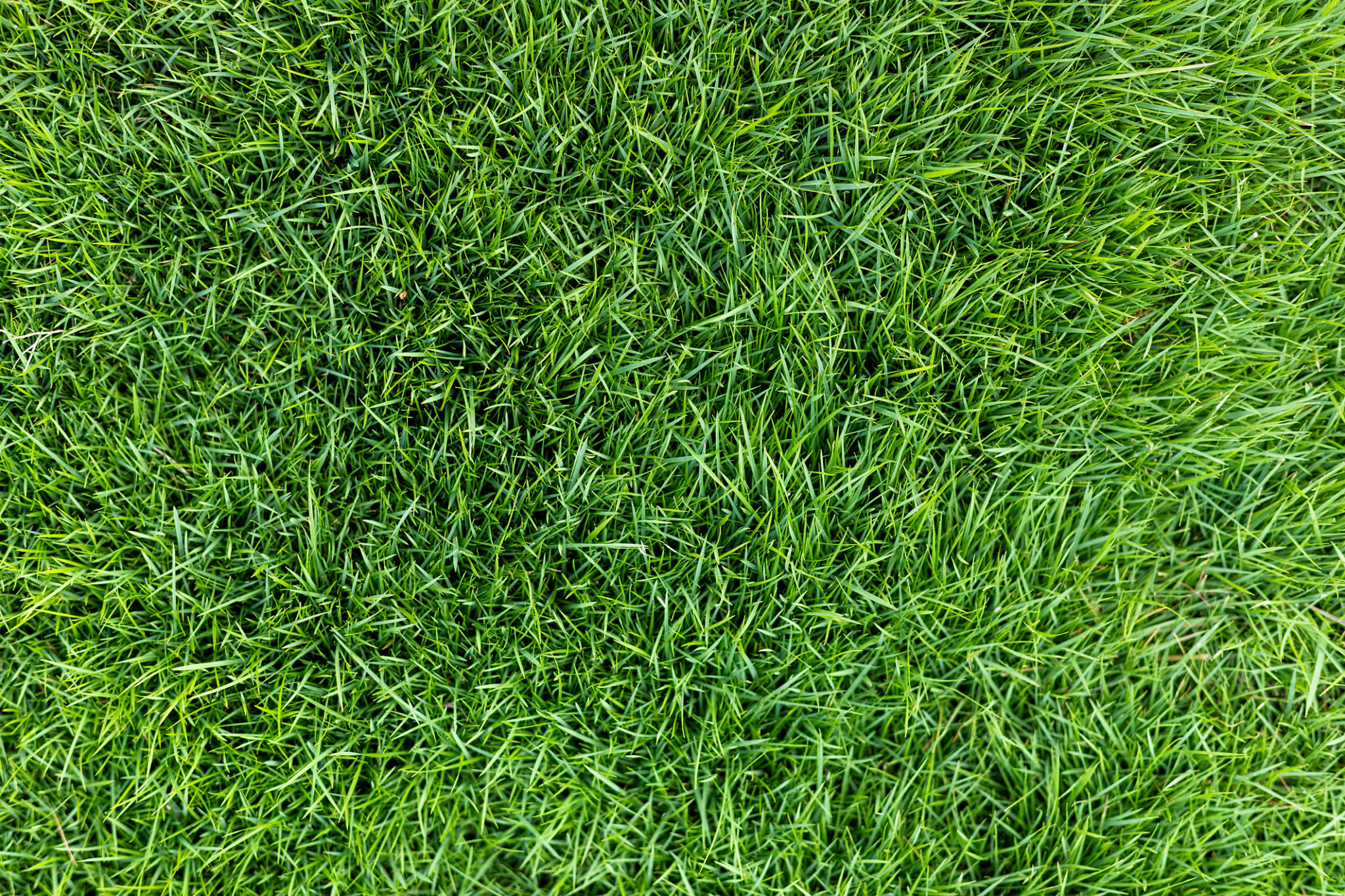DIY Lawn Care: Simple Steps for a Greener Lawn
Understanding Your Lawn
Achieving a lush, green lawn is not just about regular mowing. It's essential to understand the type of grass you have, as well as the specific conditions of your yard. Different grasses thrive in different climates, and knowing your grass type will help you tailor your care techniques. Consider the amount of sunlight your lawn receives, the soil quality, and the climate in your area. All these factors can significantly impact the health of your lawn.

Soil Testing
Before diving into any DIY lawn care projects, it's important to know the condition of your soil. A simple soil test can provide valuable information about pH levels and nutrient availability. Most home improvement stores offer affordable soil testing kits that can guide you in adjusting your soil's composition. Correcting imbalances with natural amendments can lead to a healthier lawn in the long run.
Regular Mowing and Edging
Mowing is more than just cutting grass; it's about maintaining the right height for optimal growth. Keep your mower blades sharp to ensure clean cuts, which help prevent disease and promote even growth. A general rule of thumb is to never cut more than one-third of the grass height at a time. Additionally, edging your lawn regularly keeps it looking tidy and prevents the grass from encroaching onto walkways and flower beds.

Watering Wisely
Proper watering is critical for lawn health. The key is to water deeply but infrequently to encourage deep root growth. Early morning is the best time to water, as it reduces evaporation and allows the grass to dry before nightfall, minimizing disease risk. Aim for about one inch of water per week, either from rainfall or supplemental irrigation.
Fertilizing for Growth
Fertilizing provides essential nutrients that might be missing from your soil. Choose a fertilizer that matches your grass type and apply it according to the recommended schedule. Typically, this means fertilizing once in the spring and once in the fall. Organic fertilizers are a great option if you prefer an environmentally friendly approach.

Aeration and Overseeding
Compacted soil can hinder root growth, making aeration an important step in lawn care. Aeration involves removing small plugs of soil to allow air, water, and nutrients to reach deeper into the ground. This process is often followed by overseeding, where new grass seed is spread over the existing lawn to fill in bare spots and improve density.
Pest and Weed Management
Weeds and pests can quickly take over a lawn if not managed properly. For weeds, consider using a pre-emergent herbicide in early spring to prevent weeds from germinating. Hand-pulling or using natural weed killers can be effective for spot treatments. As for pests, maintaining a healthy lawn through proper care will naturally reduce their presence. Integrated pest management techniques can be employed for persistent problems.
By following these DIY lawn care steps, you can enjoy a greener, healthier lawn without relying on professional services. With a little effort and consistency, your lawn will become the envy of the neighborhood.
